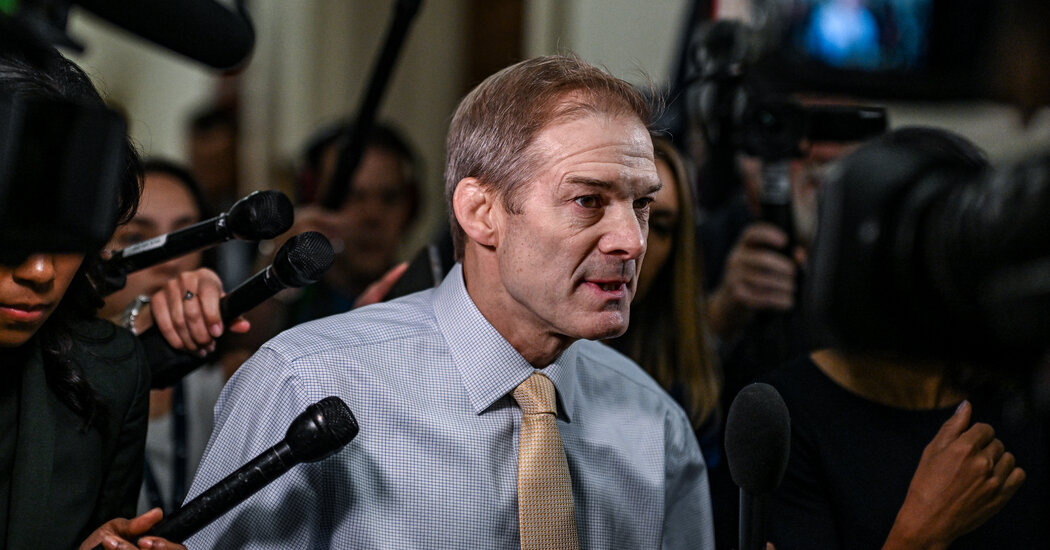More Atmospheric Rivers Are on the Way. Here’s What the West Can Expect.
The Western United States and Canada are likely to see excessive rain and heavy snowfall from a sequence of back-to-back atmospheric rivers beginning this weekend and continuing into next week.
An atmospheric river is like a powerful fire hose with only one person holding it. It often has a narrow path of the heaviest and strongest precipitation. It can be challenging to pinpoint where the heaviest stream of water will fall. It could be strong in the San Francisco Bay Area, and little might fall in Southern California, or vice versa.
This early in the forecast, meteorologists are certain that the weather pattern is set up for a series of atmospheric river events — in some locations likely reaching a three or a four on the Atmospheric River five-point scale developed by the SCRIPPS Institution of Oceanography at UC San Diego — along the West Coast. But they are less certain where the heaviest precipitation will fall, especially later in the week. There are at least three atmospheric rivers over the next week, and an additional one beyond that.
Here’s how things might unfold.
-
The first two atmospheric rivers, one starting Friday and another Sunday, will mainly hit Northern California, the Pacific Northwest and British Columbia.
-
A third will hit the same region by midweek but drift south, affecting northern and central California more and potentially much of the Western U.S.
-
A fourth could affect Southern California by the end of next week, but this is less certain.
Overall, there is a high probability of above-average precipitation across the Western U.S. in the next week, according to the Climate Prediction Center forecasters, which could lead to hazardous heavy precipitation. Localized flooding and landslides are possible, particularly in areas that have recently received heavy rainfall.
The third atmospheric river is the kicker, meaning that the first storms will put the river systems in the Northwest into a sort of high flow, said Marty Ralph, the director of the Center for Western Weather and Water Extremes. Depending on a few factors, he said, there could be some substantial flooding in that region.
The Pacific Northwest has already had a fairly eventful winter. In early December, another series of atmospheric rivers led to major river flooding, and more recently the region was hit with snow and ice. These storms will be warmer, and any rain that falls on top of the existing snow could cause snowmelt and compound the amount of water being added to the rivers.
What’s an atmospheric river?
Atmospheric rivers form when winds over the Pacific draw a filament of moisture from the band of warm, moist air over the tropics and channel it toward the West Coast. When this ribbon of moisture hits the Sierra Nevada and other mountains, it is forced upward, cooling it and turning its water into immense quantities of rain and snow.
The name comes from their long, narrow shape and the prodigious amount of water they carry.
Read more about these types of storms — and how climate change is shaping them — in this piece by Raymond Zhong, a New York Times climate reporter.
Not all atmospheric rivers are harmful.
Not all atmospheric rivers lead to dire situations. The weaker events benefit the water supply in the West — in fact, these atmospheric river events deliver half of California’s water supply and nearly all heavy precipitation events.
They can become hazardous when too much rain falls at once, as happened this week in San Diego, where the edge of a weaker atmospheric river went over ocean water that had been made warmer than average by the effects of El Niño. That increased the amount of rain that fell over a short period, leading to flooding in the city. They also are more likely to be a problem when back-to-back atmospheric rivers fall over the same location.
Last winter, California experienced the longest stretch of continuous atmospheric river conditions in the 70 years that records have been collected on these events. With nine back-to-back atmospheric rivers from December through January, farmlands turned into lakes and snow piled up well above homes in the Sierra.
This season has been less dramatic, with seasonable precipitation numbers falling below average. That could change next week as an atmospheric river flows south toward California.
More than a foot of snow, or possibly more, could fall in the Sierra, which would greatly increase the snowpack this season.
When will it end?
That question is a bit more complicated.
Dr. Ralph said that the computer models he looks to for guidance disagree on what might occur three weeks from now. This means there is no clear indication on whether the rest of February will be like the wet start the West Coast will endure to start the month.


